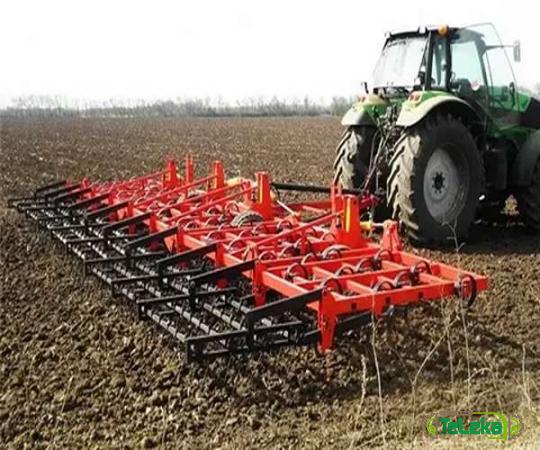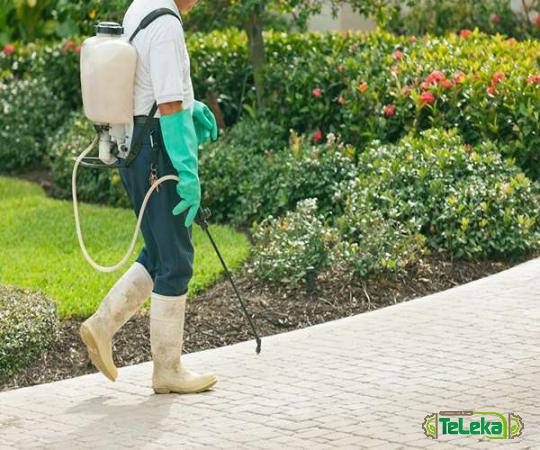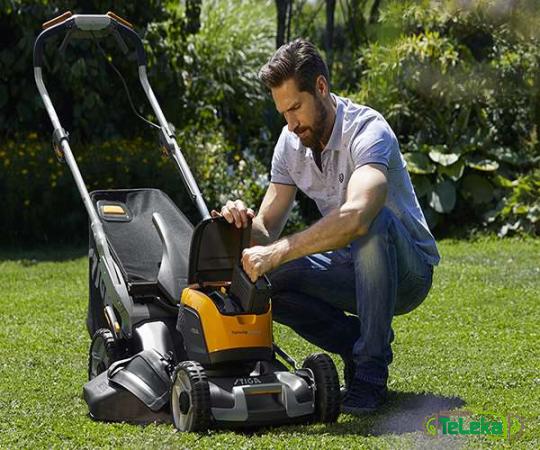Why Multistage Submersible Pump 1/2 HP Is Good in Irrigation
Why multistage submersible pump such as a 1/2 HP pump is good in irrigation? Multistage pumps are ones in which fluid passes through many mounted in series impellers
submersible pump working principle
The type and peripheral speed of the impeller play a significant role in regulating the head of a single-stage centrifugal pump
A high impeller diameter will result in a very low specific speed, which will result in uneconomical efficiency, therefore matching numerous phases in series is an economical way to increase if the rotational speed cannot be raised owing to other operational circumstances
The flow rate of such a multistage pump remains constant when the number of stages is altered while maintaining the same dimensions and speed, while the power supply and head increase the number of stages accordingly
An annular section pump is an illustration of a pump with identical multiple casings arranged in succession
This kind of pump is frequently employed in power plant applications, such as a boiler feed pump, and in high-pressure industrial applications
A multistage pump’s component stages do not have to be placed next to one another
By positioning the stages back-to-back in pairs or groups, the balance of axial thrust can be increased (see back-to-back impeller pumps)
A pipeline pump would serve as an example
With the extra benefit that multistage pumps may be quickly tapped downstream of a stage or that dummy stages can be installed for future pressure increases, multistage pumps are an efficient solution to cover high-pressure ranges of pump range selection charts
The increased sensitivity of the pump rotor to external or natural vibrations is a drawback of a very high stage count
The three components of each stage—an impeller, a diffuser, and return guide vanes—are all housed in the same stage enclosure
No matter how many stages there are, the first stage is placed above an inlet casing with an axial or radial inlet nozzle, and the last stage is fitted into a discharge casing with a balancing mechanism and a shaft seal only for standard pumps
The base plate will need to be modified to fit the required number of steps, tie bolt, and shaft

Submersible Pump in Irrigation A submersible pump may function submerged, as the name suggests and has many functions in irrigation, industry, and others
It is one of the market’s most adaptable pump types and beneficial in a wide variety of applications
Submersible pumps come in a wide range of varieties to handle a number of applications, just like all other types of pumps
When purchasing a submersible pump, it’s critical to comprehend the features and distinctions amongst the various pumps on the market
We address all of your inquiries concerning pumps in this manual, including: What is a submersible pump? How does an underwater pump function? And what is the top manufacturer of submersible pumps? A submersible pump: what is it? A centrifugal (fan-powered) pump type known as a submersible pump, commonly referred to as a sump pump, is able to function fully submerged in water
A submersible pump has a range of impellers to handle liquids and solids of varying sizes and viscosities and is hermetically sealed to protect the safety of interior electrical equipment can modify
How does an underwater pump function? A submersible pump is hermetically sealed and sealed, as was already indicated, to protect the internal electrical components from water
A float switch and a submersible pump operate together to detect when the water level reaches a specific level, making them useful in a variety of scenarios when you may want to remove undesired bodies of water
The motor inside the pump is turned on when the float switch notices the presence of water
The water is drawn up and into the pump, where it is then expelled by the fans
Watch the video below for a thorough explanation of how the submersible pump operates
Step 1: A floor switch detects the presence of water
Step 2: A floor switch activates the pump motor
Step 3: Bouncers draw water into the pump
Step 4: Bouncers move water out of the pump and away from the house
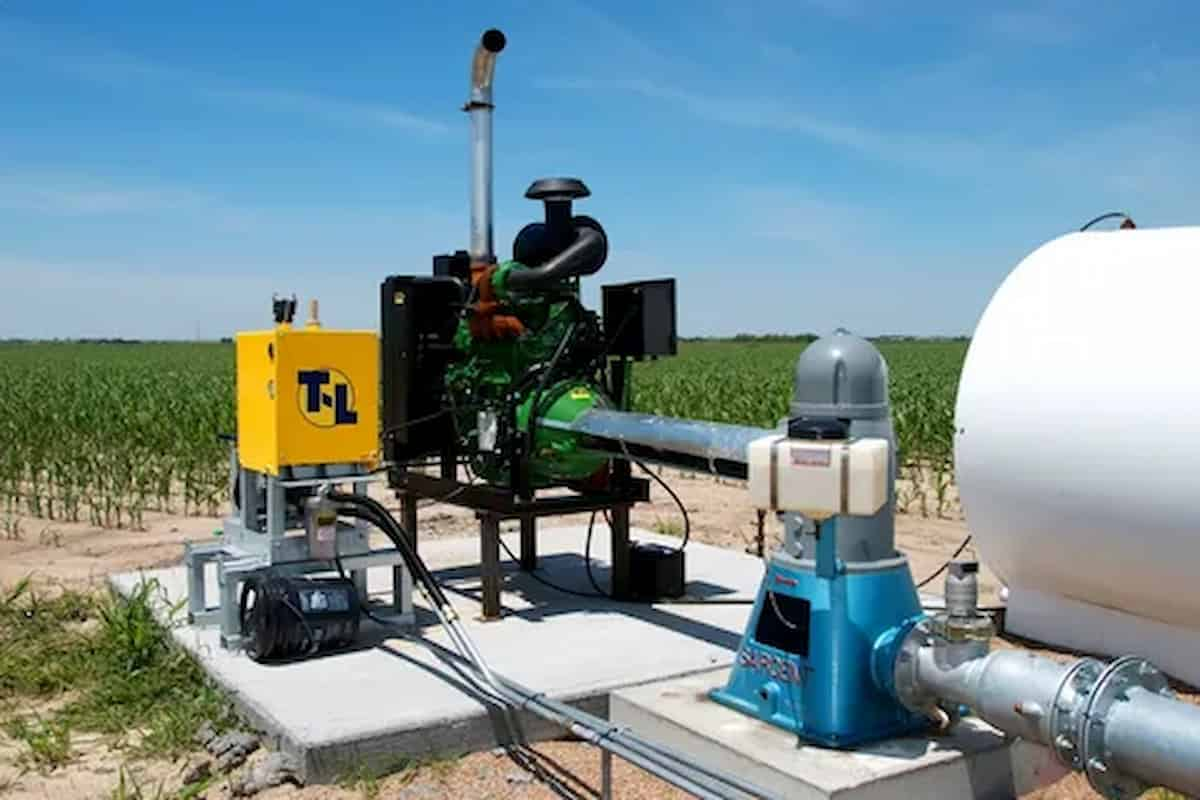
submersible pump working diagram
What is the purpose of a submersible pump? It is possible to employ submersible pumps for a variety of purposes
They can appear to be such complex devices because of this, which is one of the main causes
That is to say, one of the following three uses for a submersible pump would be made by the typical individual
A completely watered and healthy garden or plot of land requires the use of submersible pumps to do anything from efficiently water the garden to cleansing the water from ponds and aquariums
They are frequently used in rainwater harvesting systems since they can reduce reliance on municipal water supplies and enable long-term cost savings for users
Well and borehole pumping The submersible pump is perfect for well and borehole pumping
A submersible pump’s design enables it to fit in small or constricted locations and pump water without consuming a lot of electricity, making it effective at extracting water from large depths
Elimination of undesirable waterbodies Flood water and other undesirable waterbodies can be eliminated with a submersible pump
An electric submersible pump’s automatic feature lets you clear the water without being there and is frequently seen in basements and other places that frequently flood
Although your primary interest in this tutorial undoubtedly isn’t the oil industry, a submersible pump is an essential piece of equipment for moving oil from underground reserves to refineries for processing
Can submersible pumps operate nonstop? Yes, you can use a submersible pump constantly for as long as you need it if you have an appropriate water source
Nevertheless, it is crucial that you do not let the submersible pump run out of water
The internal motor and components of the majority of submersible pumps can sustain considerable damage when run dry
As a result, we advise getting a sump pump with a float switch for automated operation
Many submersible pump types Submersible pumps come in a variety of designs, as was said at the outset of this guide
Drainage submersible pumps and waste water/sewer submersible pumps are the two most popular varieties
The sole distinction between the two, in the end, is the kind of water or waste they can pump
Submersible drain pump Drainage is where this kind of pump is most frequently used
These pumps are made by companies like Grundfos and KSB and can be utilized for a variety of tasks
They are typically employed to drain overflowing basements or basements that are vulnerable to flooding
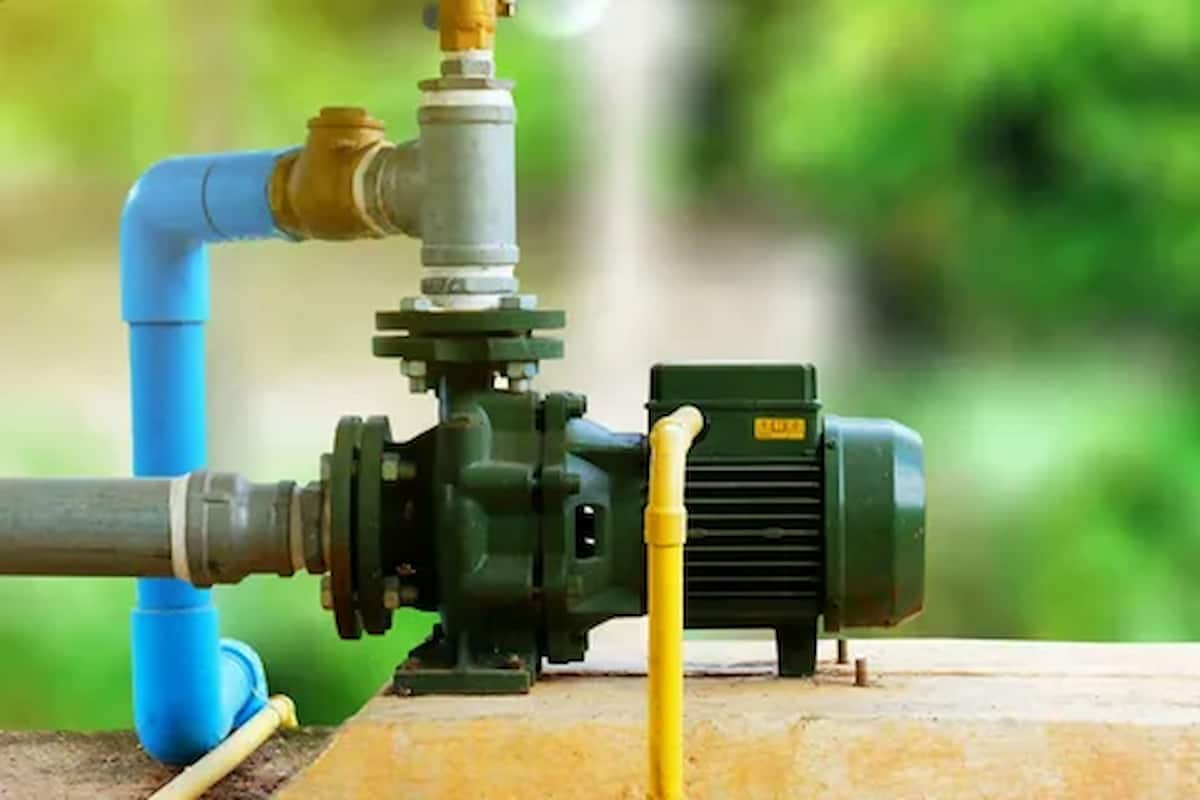
water pump working principle
Please be aware that you must pump water in a safe and appropriate location if you purchase this sort of pump
Additionally, you can purchase a “lift station” that can securely drain water off the land and store it in a tank
Sewer/Wastewater Submersible If you intend to pump sewage or wastewater, you might want to think about getting something a little more robust
The ideal filthy water pump is the Calpeda GXCm 40b
When emptying septic tanks or extracting waste water from industrial processes, these pumps are appropriate because the water may contain particles
Select from several submersible pump manufacturers A variety of items from various companies are available, and they can give various answers
Some submersibles are made to be as effective as possible over a lengthy period of time, while others are capable of managing high viscosity fluids in a short amount of time
Grundfos The most popular brand of pumps in the UK is Grundfos
Grundfos is a reputable brand among engineers and provides thoughtfully designed, well-built pumps at slightly higher pricing than its rivals
Grundfos has a variety of revolutionary pump technology
With a stellar reputation for product quality and innovation, Stuart Turner is a well-respected provider of pumping systems
Stuart Turner submarines are incredibly powerful and dependable
California Pumps Calpeda is a pioneer in the creation of heavy-duty equipment for the manufacturing and industrial sectors of the world, taking on everyday jobs that other pumps are unable to do
Lowara Lowara, a different heavy-duty manufacturer, has created one of the greatest options for submersible pumps on the market
Lowara pumps are able to handle highly viscous liquids and unclean water, and they provide powerful solutions for more than acceptable costs
Submersible pumps are created by KSB, one of the top producers of KSB pump technology, to meet both heavy-duty and light-duty demands
You can count on economical engineering from a German company
How to pick a suitable submersible pump It can seem like a difficult and hard operation to replace a submersible pump, but if you follow the advice provided below, you should be done in no time
Examine the old pump

submersible water pump how does it work
Check the old installation if you are replacing a broken submersible pump
Older pumps should first have a label with the pump’s specifications
When you look online, this will make it simpler to comprehend the kind of pump you require
The diameter of the drain pipe is a further consideration
Make sure the pump you purchase online has the same dimensions deciding on the proper float switch Purchasing the incorrect type of float switch is a frequent error
There are two different kinds
As follows: Pump with Vertical Switch – This switch turns on the pump by moving vertically
This float can be utilized in smaller 10-inch diameter submersible pumps, which are frequently used in smaller pumps
Bound Switch Pump: This switch moves the pump into action by sliding it diagonally upward
These floats, which can only be utilized with pumps with an intake of 14 inches or more, are frequently employed in heavy duty submersible pumps
Backup Battery Systems Homes that are at risk of flooding are frequently protected by submersible pumps
If you intend to use the submersible pump during a flood, keep in mind that your home’s power can be cut off at any time
If so, check sure the pump has a battery backup system
Simply put, a backup system gives you piece of mind
Can you picture what it would be like to get home after a flood and discover that your pump’s power was out? Consider Pumping Length Submersible pumps are available in a wide range of sizes and forms
The power capacity of each pump is one of the key aspects that set them apart
Think about how far you want the fluid to be pumped
You will want to make the pump more powerful the more liquid you wish to pump
Take the liquid’s viscosity into account
The viscosity of the liquid you intend to pump should also be taken into account
It is more challenging to pump a liquid that is thicker




